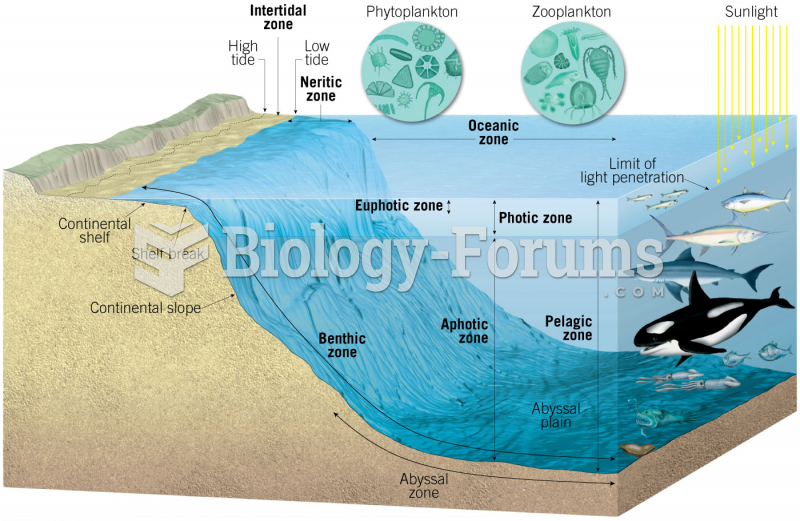Answer to Question 1
ANSWER: Answers may vary. Watching an ice skater spin counterclockwise on a frozen lake, the ice skater possesses positive relative vorticity. If you could suddenly leave Earth and watch the same spinning skater from space, you would see the ice skater spinning on a rotating platformEarth. The combination of the skater spinning about her vertical axis (her relative vorticity) plus the small spin imparted to her from the spinning earth (Earths vorticity) yields the absolute vorticity of the skater.
Answer to Question 2
ANSWER: The storm began on March 12 as a frontal wave off the Texas coast. In the upper air, a shortwave, moving rapidly around a longwave, disturbed the flow, setting up the necessary ingredients for the surface storms development. By the morning of March 13, the storm had intensified into a deep open-wave cyclone centered over Florida. In the upper air, a region of diverging air positioned above the storm caused the storms surface pressures to drop rapidly. Upper-level southwesterly winds directed the surface low northeastward, where it became occluded over Virginia during the afternoon of March 13. At this point, the storms central pressure dropped to an incredibly low 960 mb (28.35 in.). Although the surface winds associated with this low pressure were quite strong and gusty, they were not as strong as those in a major hurricane because the isobars around the storm were spread farther apart than those in a hurricane and because surface friction slowed the winds. Higher up, away from the influence of the surface, the winds were much stronger, as a wind of 125 knots (144 mi/hr) was reported at the top of 1900-meter-high Mount Washington, New Hampshire.
The upper trough remained to the west of the surface low, and the storm continued its northeastward movement. By the morning of March 14 the storm (which was now a deep, bent-back occluded system) had weakened slightly and was centered along the coast of Maine. Moving out from under its area of upper-level divergence, the storm weakened even more as it continued its northeastward journey, out over the North Atlantic. In all, the storm was one of the strongest and most widespread in U.S. weather history. It blanketed a vast area from Alabama to Canada with deep snow. Fierce winds piled the snow into huge drifts that closed roads, leaving motorists stranded. The storm shut down every major airport along the East Coast, and more than 3 million people lost electric power at some point during the storm. The Storm of the Century damaged or destroyed hundreds of homes, produced 27 tornadoes, stranded hikers in North Carolina and Tennessee, caused an estimated 800 million in damage, and claimed the lives of at least 270 people.







